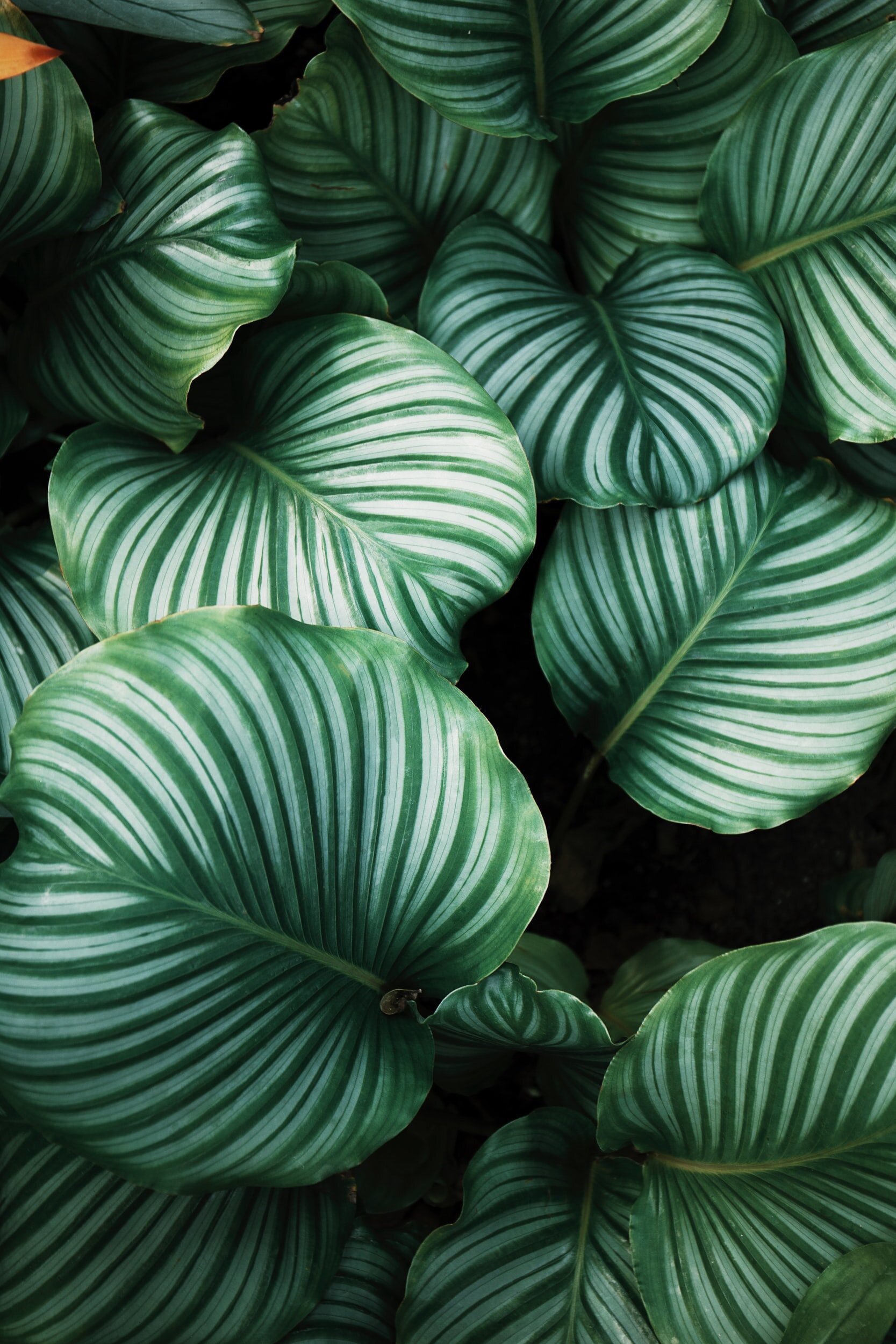
BLOG
The Theory of YIN & YANG
The theory of Yin Yang is the most fundamental method that we utilize. It is a theory of relativity, used to assess how one thing compares to another…
Key Concepts:
1. Yin Yang theory is about relativity-- How does one thing relate to another?
2. The application of Yin Yang is like categorizing something as a shade of grey.
3. Yin Yang allows us to identify patterns of imbalance in the body.
_______________________________________________________________
Because the human body and its functions are so complex, we need a way to recognize and categorize the different patterns of illness ("imbalance") that occur.
The theory of Yin Yang is the most fundamental method that we utilize. It is a theory of relativity, used to assess how one thing compares to another. In practice, it's like taking various things and placing them on a greyscale based on how much lighter or darker they are compared to each other.
Let's first go over the two archetypes: "Yin" and "Yang".
This is the set of opposing characteristics that pertain to Yin or Yang.
Aside from "water" and "fire", most things won't fit cleanly into the archetypes of Yin and Yang and that's okay -- it's more important to identify how two things relate to each other.
Ex. A Tree vs. a Rock:
Both are material. Both can be seen and touched. Both stay in one spot unless some external force moves them. These are all Yin properties.
However, whereas a Rock will not change of its own accord (Yin), a Tree can grow. Growth is change, a characteristic of Yang. A Tree grows upwards from the earth and disperses outwards with branches and leaves. More Yang. A Tree can also die, which is another "change" characteristic of Yang.
With these identified differences, we can now categorize the Tree as Yang and the Rock as Yin in this context. This is an example of how Yin and Yang can be applied.
How about if we compare a Tree to Wind?
Ex. A Tree vs. Wind:
We've already covered a Tree's characteristics, so let's focus on Wind.
Wind is immaterial. Wind cannot be seen. Wind can be felt, but it cannot be touched or held in the way a Tree can. Wind is also ever-moving and changing, even if we don't use a fan to help it along. Every aspect of Wind points to Yang, including the aspects that were Yin for a Tree (material, visible, palpable, stays in one spot).
For this reason, when comparing a Tree to Wind, the Tree is now Yin, while the Wind is Yang!
So what if we were to compare A Tree, Rock, and Wind altogether??
[ YIN --- Rock ------ Tree ------- Wind --- YANG ]
The Rock would ultimately be most Yin, with the Tree in the middle as more Yang than the Rock, but more Yin than Wind, and Wind at the opposite end as the most Yang of all three. If we wanted, we could add more to this list.
In this way, the theory of Yin Yang allows us to categorize any number of things we want in relation to each other, and as mentioned earlier, this is important because it also allows us to categorize patterns of illness as well.
Categorizing patterns of illness, however, requires us to first gain a greater understanding of the body in terms of Yin and Yang, so we'll revisit that later. Next, we will cover the concept of Qi (Yang) and the concept of Xue (Yin), key components of the body's Yin and Yang.
*All written content is 100% original and the property of the author, YeRang Choi, LAc. It may not be copied or republished in any form without permission.


